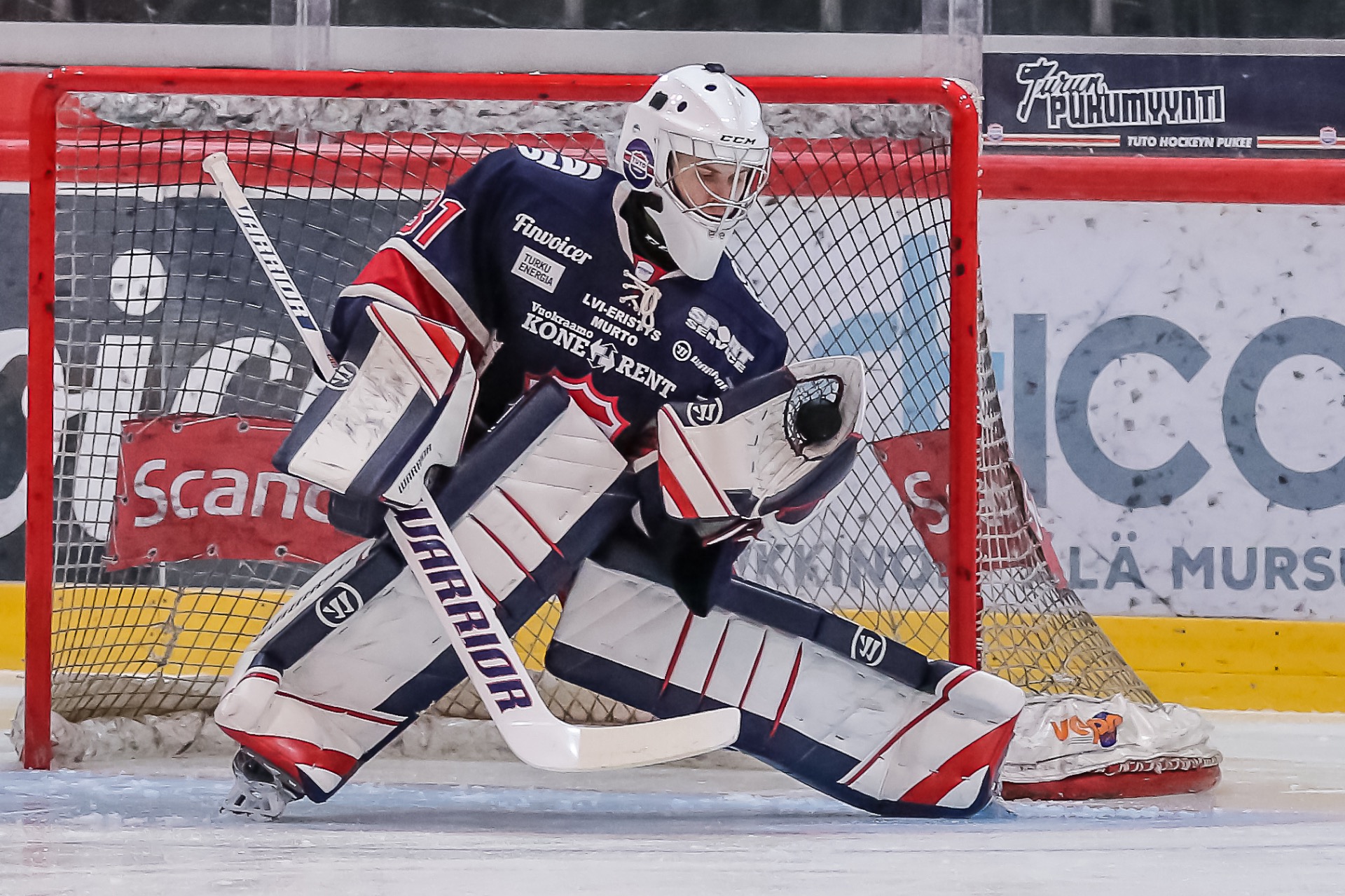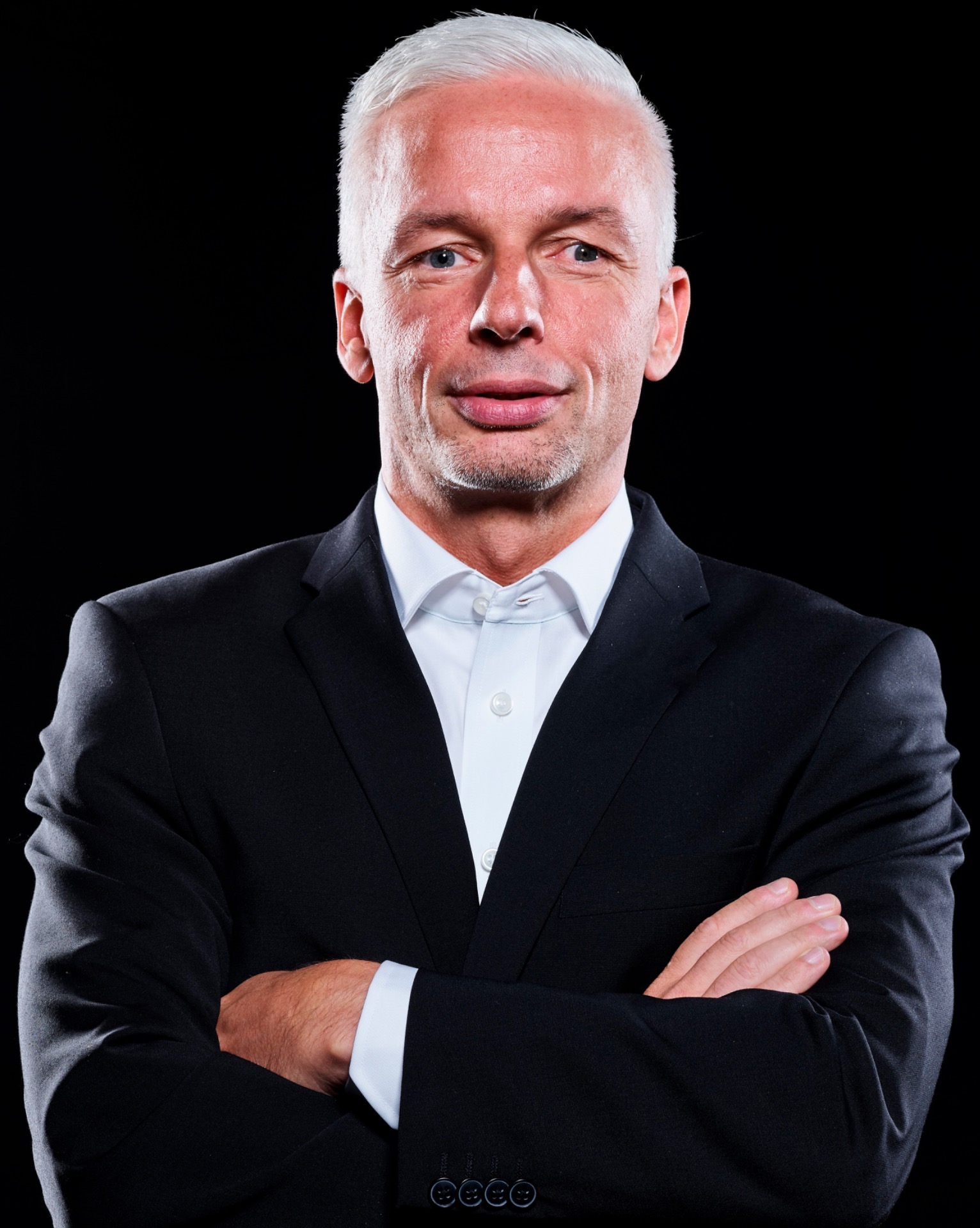“Third Goalie Dilemma”
My five cents about integrating young talented goalies into a professional hockey team.

Goaltending is a tough position because only one can play at a time. Every year, youth programs produce high-quality candidates knocking on the doors of professional teams, yet roster spots do not open at the same rate. This inevitably leads to some drop-off.
One way to support young talents is to integrate them into first-team life. But how can that be done smartly?
I have written before about the importance of the "third goalie" in an organization. He is only one injury away from being in the lineup. In professional hockey, anything can happen, and he might suddenly become the starter, even at the most important time of the year: the playoffs. Injuries, suspensions, penalties, and unexpected situations can quickly change everything.
That is why it is crucial to help the "third goalie" stay as ready as possible. In pro sports, you have to prepare for everything.
Building readiness
The easiest part of supporting the third goalie is to organize one-on-one sessions with the goalie coach and maybe a few players. It is a good way to improve technical skills and provide tools for handling game situations.
I have always worked with the "third goalie" as much as possible, just in case. Because if something happens and he is not ready, it is on you.
Goalie practices are an excellent place to build foundations and develop a versatile toolbox. But they are not enough, because they often lack key elements such as game reading, intensity, and the versatility of full-team practices.
So why not practice with three goalies? The simple answer is that there just are not enough repetitions to go around. It would be like practicing with six lines of players, a 50 percent increase in personnel and a 33 percent decrease in reps. When preparing for professional games, that is not enough, neither physically nor in terms of quality repetitions.
The question of priority
Every organization must answer one key question: what is the priority, the main goalies or youth development?
In most clubs, the main goalies take priority, and therefore practices are built around their needs. If youth development is the focus, then the routines must be structured differently. Practical questions are easy to solve once the priorities are clear.
Smart integration
Practicing with two or three goalies is not black and white, because nothing in coaching is. Even with two goalies in practice, it is possible to integrate the "third" into professional team life.
One approach is to have him join one team practice per week. For example, in many European leagues, games are played on weekends, which makes early-week practices a good opportunity to share the workload among three goalies. Those sessions also tend to be longer than the ones right before games.
Another way is to have him share the workload with the main goalie. The "second goalie" keeps his own net to prepare for upcoming games, while the "first goalie" shares his with the "third." The idea is that the "first goalie" takes what he needs, and the "third goalie" gets what is left.
This setup works especially well when one goalie plays a lot. For example, during my time in Yaroslavl, Georgy Gelashvili played 80+ games in one season. We used this approach to keep him sharp while avoiding overworking him in practice.
The "old-school" approach
Traditionally, teams would have three goalies in practice, but the third would sit on bench and get only a few minutes of drills. He was there just in case, taking shots and breakaways after practice.
That might work if he also practices regularly with a youth team. But simply sitting on the bench and taking a few shots is not enough for development.
One season, I rotated a young goalie weekly, one week with the pro team and one week with the juniors. That way, he got enough repetitions with the youth team while still being integrated into the first-team environment.
Summary
I believe that everything in professional sports has to be earned. Nothing happens for free, and nobody can do the work for you.
I like goalies who show up every day, always focused, always ready to practice, always ready to play. No excuses.
It is actually funny, but those goalies tend to get the job done, and their careers rise accordingly. Injuries, rest periods, and other circumstances automatically open opportunities for young goalies. You just have to be hungry, consistent, patient, and ready when that opportunity comes.
These were my thoughts on integrating the "third goalie" into a professional hockey team. What do you think? I would love to exchange ideas and keep learning together.
#progoaliecoach #goaliecoaching #goaltending #coaching #playerspath #education
Previous article: Pulling the Goalie: Numbers vs. Narrative
Previous article: Players Path: From Youth to Professional
Previous article: Goalie Scouting: What Is It Really About?
Previous article: Building a Goalie Team in a Pro Hockey Organization (TOP Article)
Previous article: Goalie Coaching in a Professional Team: What Is It?
Previous article: Goaltending Beyond the Glove or Blocker: Rethinking Shot Analysis
Previous article: What Happens After the Final Whistle?
Previous article: Life of a professional Goalie Coach
Previous article: "Thank You and I'm Sorry"
Previous article: "DIE TORHÜTER HABEN IM SOMMER SEHR GUT GEARBEITET"

